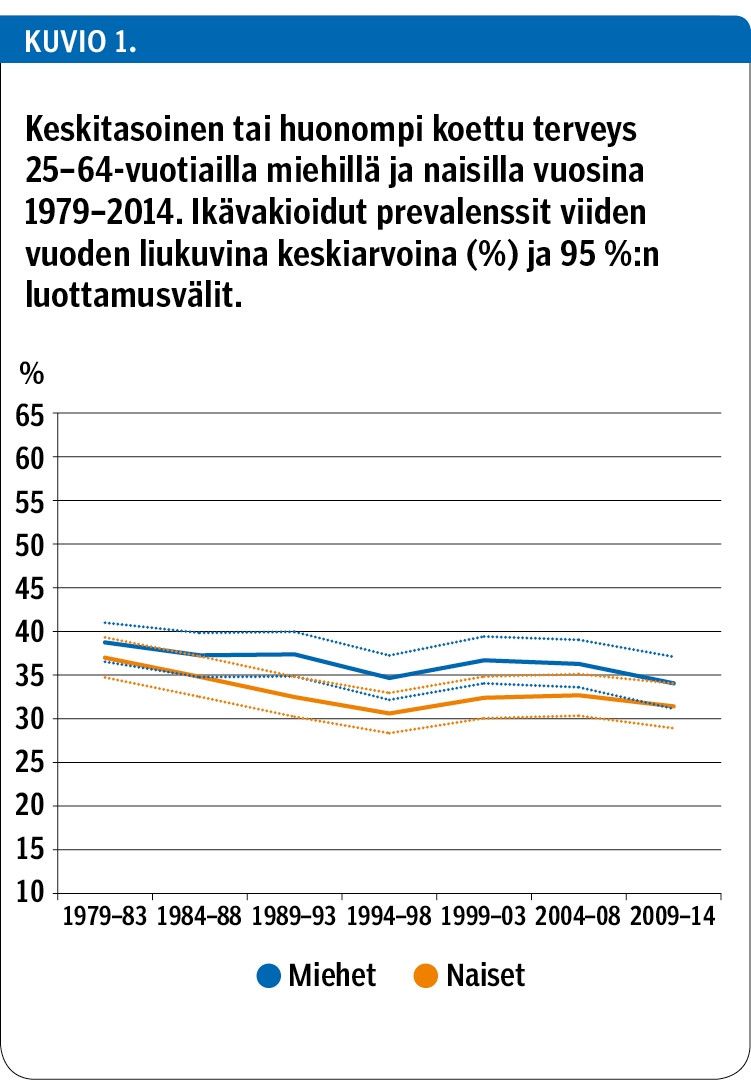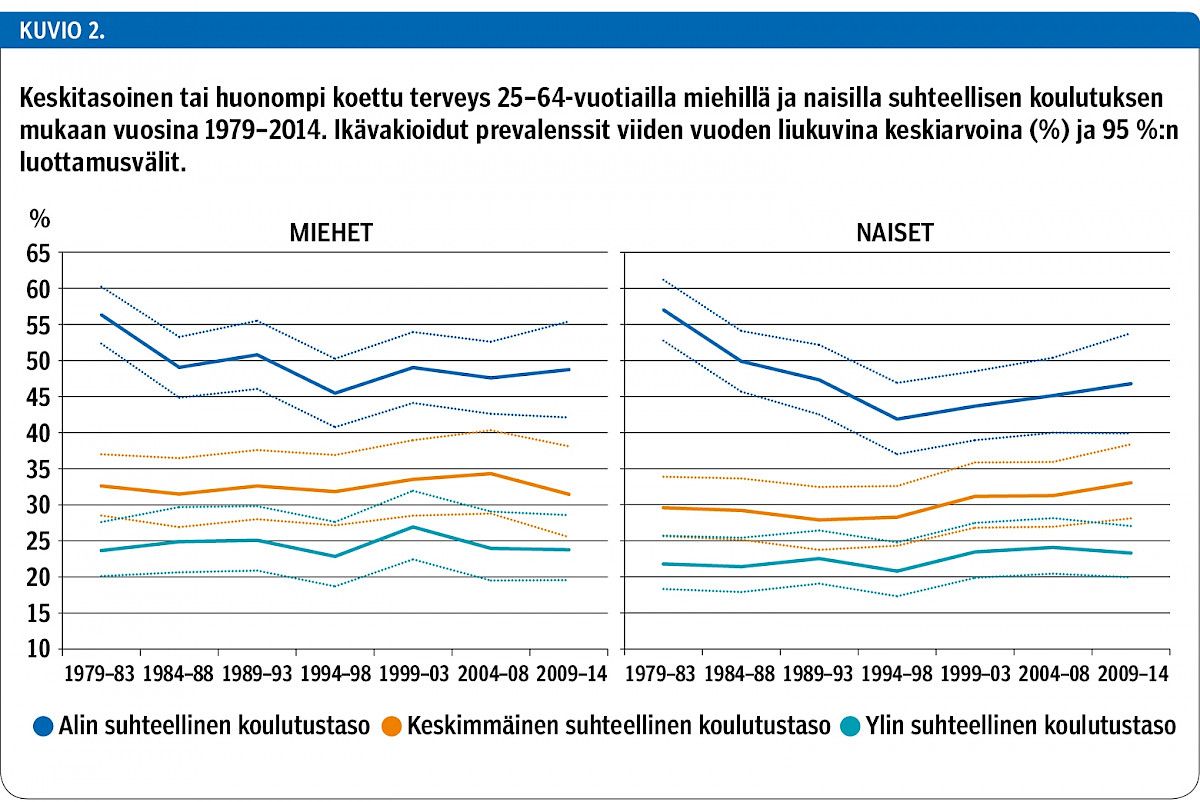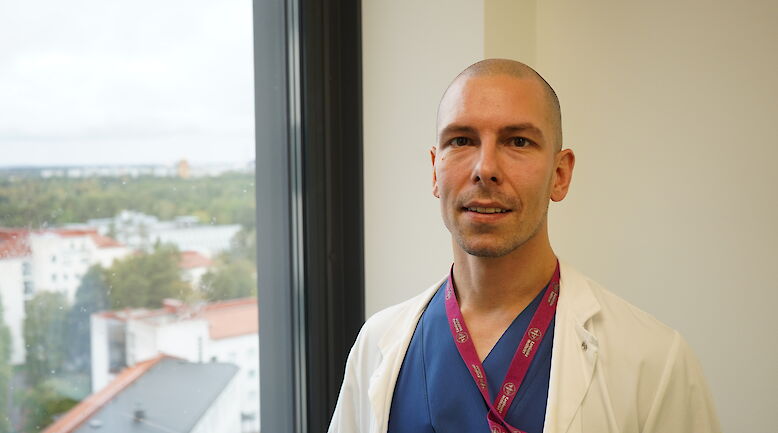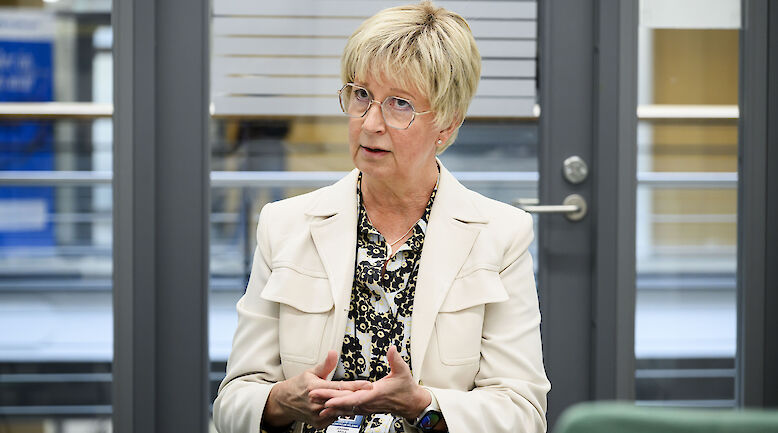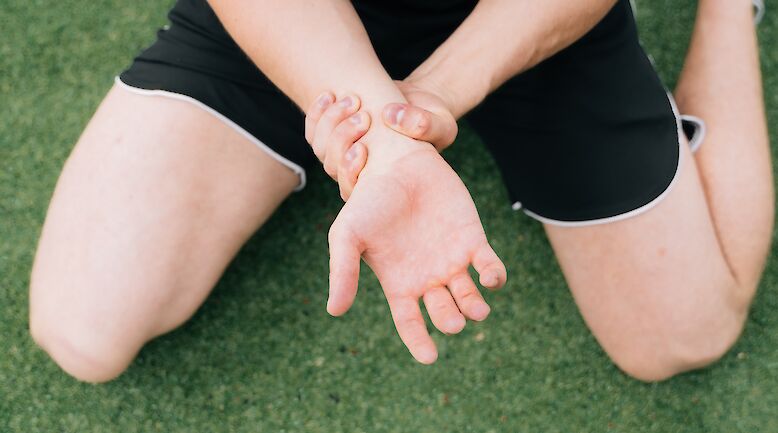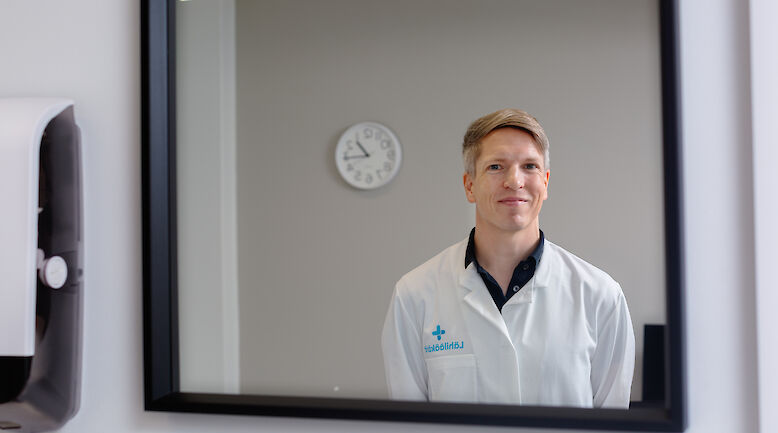Changes in the differences in self-rated health by education 1979–2014

Background
Prior research shows that population health is poorer in lower than higher educational groups. Nevertheless, evidence on changes in health inequalities over longer periods is lacking. We examined 36-year trends from 1979 to 2014 in educational differences in self-rated health among working aged Finnish women and men.
Methods
Data for the study were derived from the survey of health behaviour and health among the Finnish adult population conducted by the Finnish National Institute for Health and Welfare (THL). The data were collected annually from 1979−2014 using mail surveys (n = 2183 to 4089). The health variable used was health rated by the subjects themselves as average or poor. We calculated 5-year moving averages and 95% confidence intervals for the age-adjusted prevalence of average or poor self-rated health. Socioeconomic status was measured on the basis of the number of years of full-time education divided into three tertiles representing low, average or high educational status..
Results
In the course of the 36-year period the prevalence of average or poor self-rated health decreased somewhat, with women’s health being slightly better than that of men. Health inequalities between educational groups remained large over the study period. Health in the lowest educational group was clearly worse than that in the two higher groups. Health inequalities among women and men were broadly similar and narrowed somewhat from the 1980s to 1990s. After that, the health inequalities remained almost unchanged until the mid-2010s.
Conclusion
Public health programmes, such as Health 2015 by the Finnish Government, have aimed at narrowing health inequalities, but the inequalities have remained large. The programme of the current Finnish Government led by Prime Minister Sipilä also includes narrowing health inequalities as a target. Health inequalities should be tackled more efficiently in order to be able to reverse the current development. Promoting health, in particular, among those of lower socioeconomic status would help improve the overall population health.
